Python Programming Blog
Learn Python with practical examples and in-depth tutorials
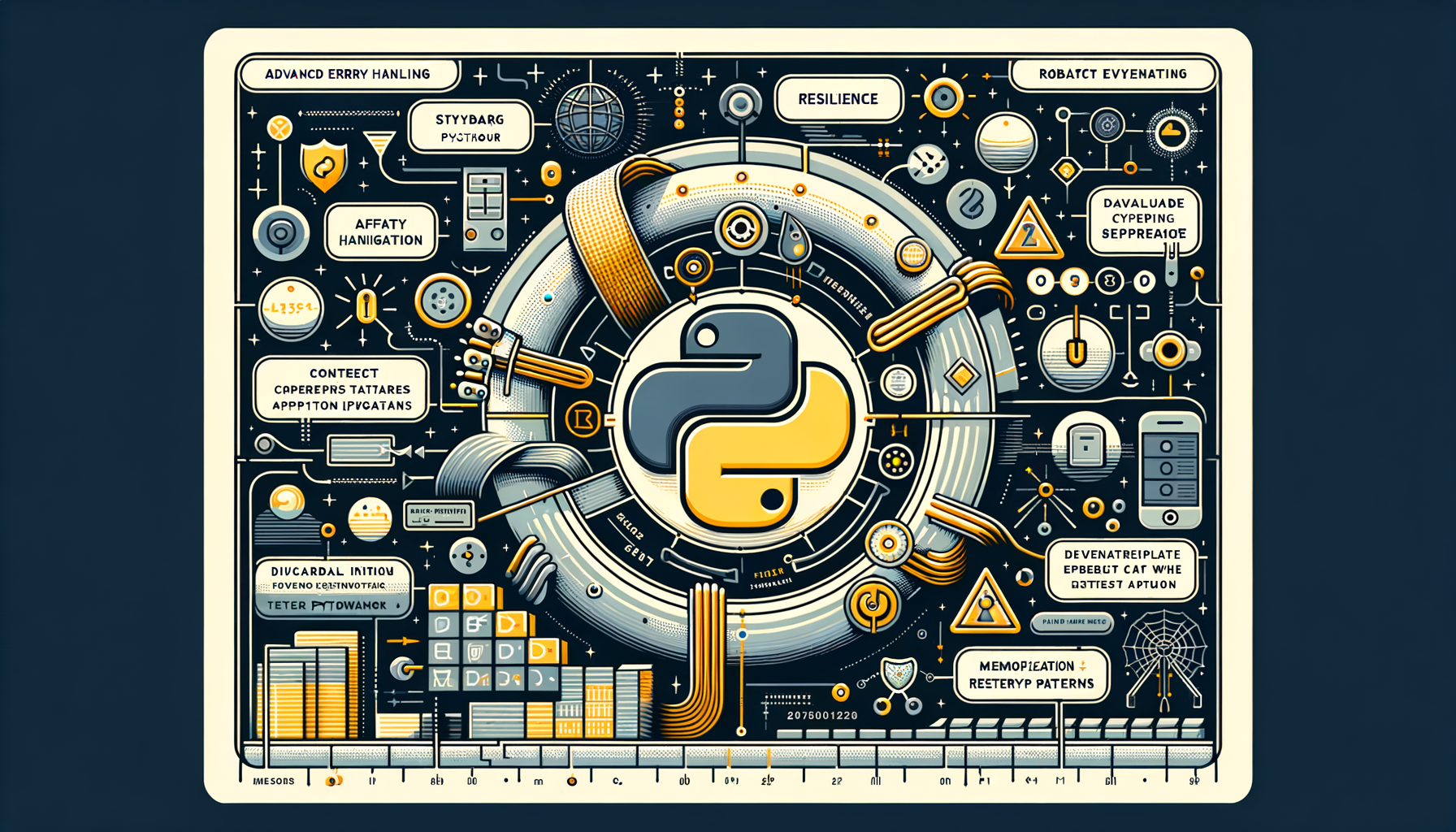
Learn how to design resilient Python applications by mastering advanced error handling patterns. This guide covers exceptions, custom error types, retries with backoff, context managers, logging, and practical examples — including web scraping with BeautifulSoup, using functools for memoization, and building an interactive CLI with robust input validation.

Dive into the world of Python's powerful logging module and transform how you debug and monitor your applications. This comprehensive guide walks you through implementing logging from basics to advanced techniques, complete with practical examples that will enhance your code's reliability and maintainability. Whether you're an intermediate Python developer looking to level up your skills or tackling real-world projects, you'll learn how to log effectively, avoid common pitfalls, and integrate logging seamlessly into your workflow.

Command-line tools remain essential for automation, ETL tasks, and developer workflows. This guide walks intermediate Python developers through building robust CLI tools with practical examples, covering input parsing, I/O patterns, error handling, logging, packaging, and Docker deployment. Learn best practices and real-world patterns to make your CLI reliable, user-friendly, and production-ready.

Ever wondered why your Python scripts fail miserably during flaky network conditions? In this comprehensive guide, you'll learn how to implement resilient retry logic for API calls, ensuring your applications stay robust and reliable. Packed with practical code examples, best practices, and tips on integrating with virtual environments and advanced formatting, this post will elevate your Python skills to handle real-world challenges effortlessly.
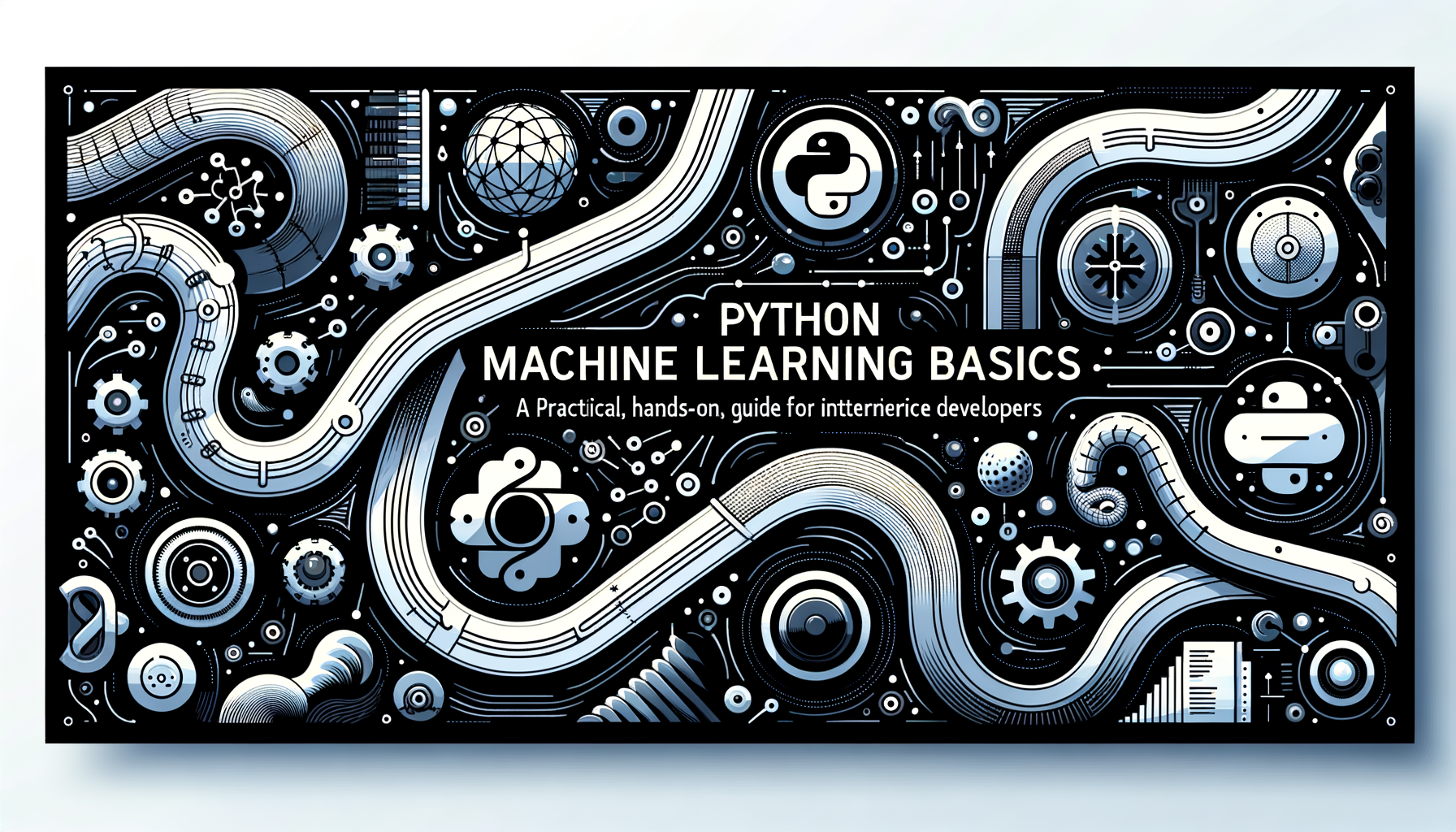
Dive into Python machine learning with a practical, step-by-step guide that covers core concepts, real code examples, and production considerations. Learn data handling with pandas, model building with scikit-learn, serving via a Python REST API, and validating workflows with pytest.

Dive into the world of Python REST API development and learn how to build robust, scalable web services that power modern applications. This guide walks you through essential concepts, hands-on code examples, and best practices, while touching on integrations with data analysis, machine learning, and testing tools. Whether you're creating APIs for data-driven apps or ML models, you'll gain the skills to develop professional-grade APIs efficiently.

Dive into practical, production-ready data analysis with pandas. This guide covers core concepts, real-world examples, performance tips, and integrations with Python REST APIs, machine learning, and pytest to help you build reliable, scalable analytics workflows.

Type hints transform Python code from ambiguous scripts into self-documenting, maintainable systems. This post walks through practical type-hinting techniques — from simple annotations to generics, Protocols, and TypedDicts — and shows how they improve real-world workflows like Pandas pipelines, built-in function usage, and f-string-based formatting for clearer messages. Follow along with hands-on examples and best practices to level up your code quality.
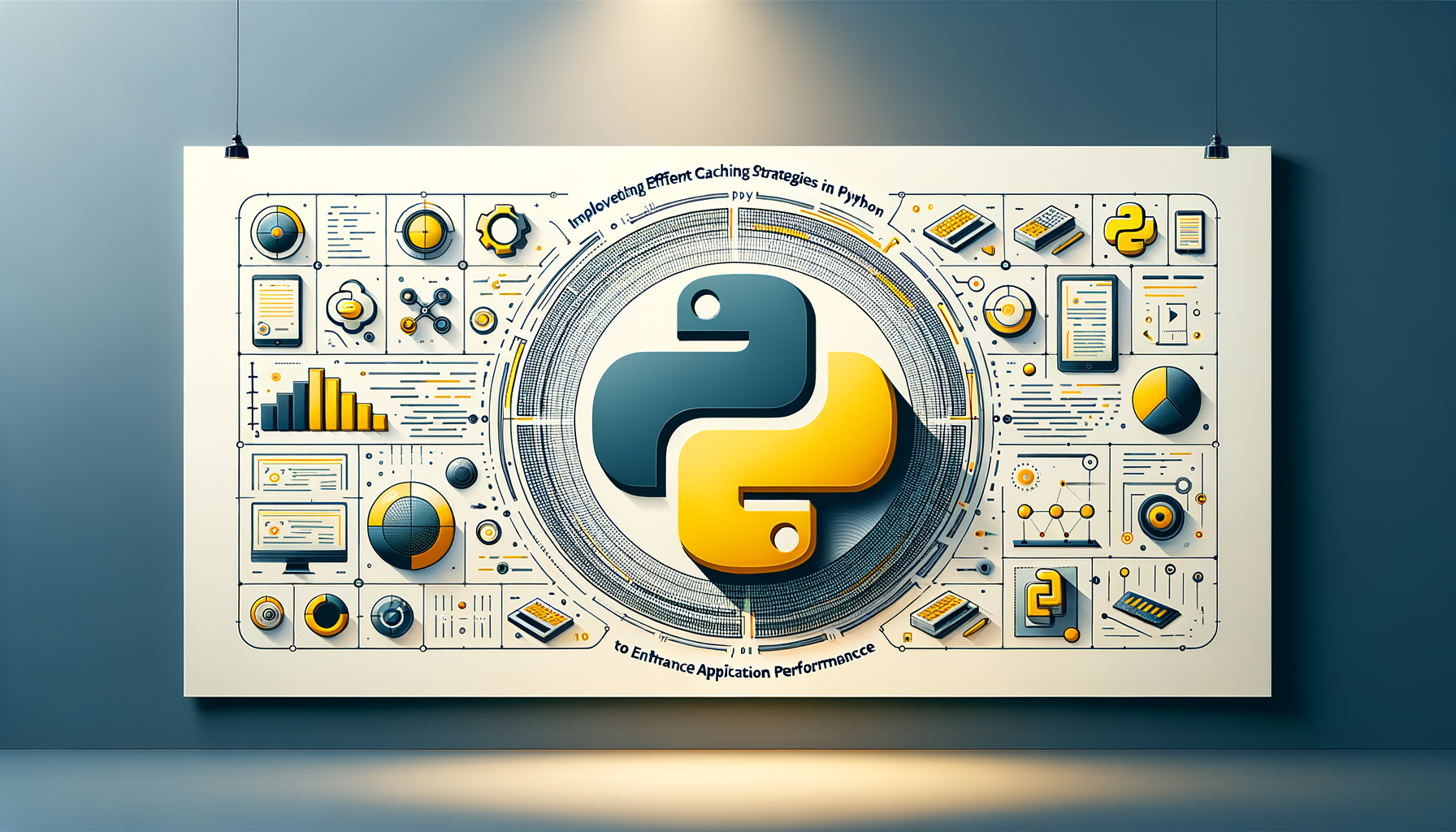
Learn how to design and implement efficient caching strategies in Python to drastically improve application responsiveness and lower resource usage. This guide walks through core concepts, practical code examples (in-memory, TTL, disk, and Redis), integration with web scraping and CLI tools, unit testing patterns with pytest, and advanced techniques to avoid common pitfalls.
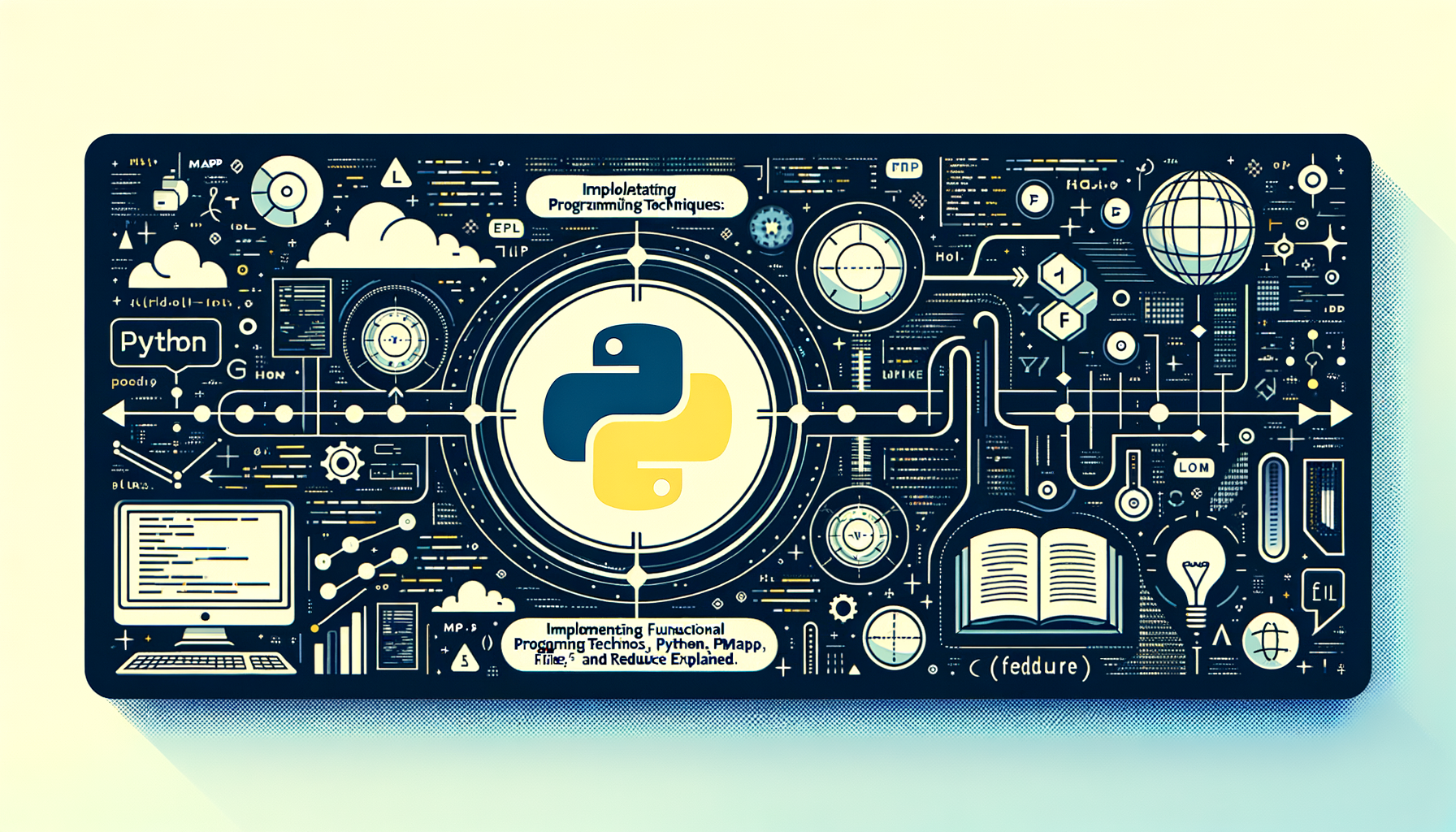
Dive into Python's functional programming tools — **map**, **filter**, and **reduce** — with clear explanations, real-world examples, and best practices. Learn when to choose these tools vs. list comprehensions, how to use them with dataclasses and type hints, and how to handle errors cleanly using custom exceptions.
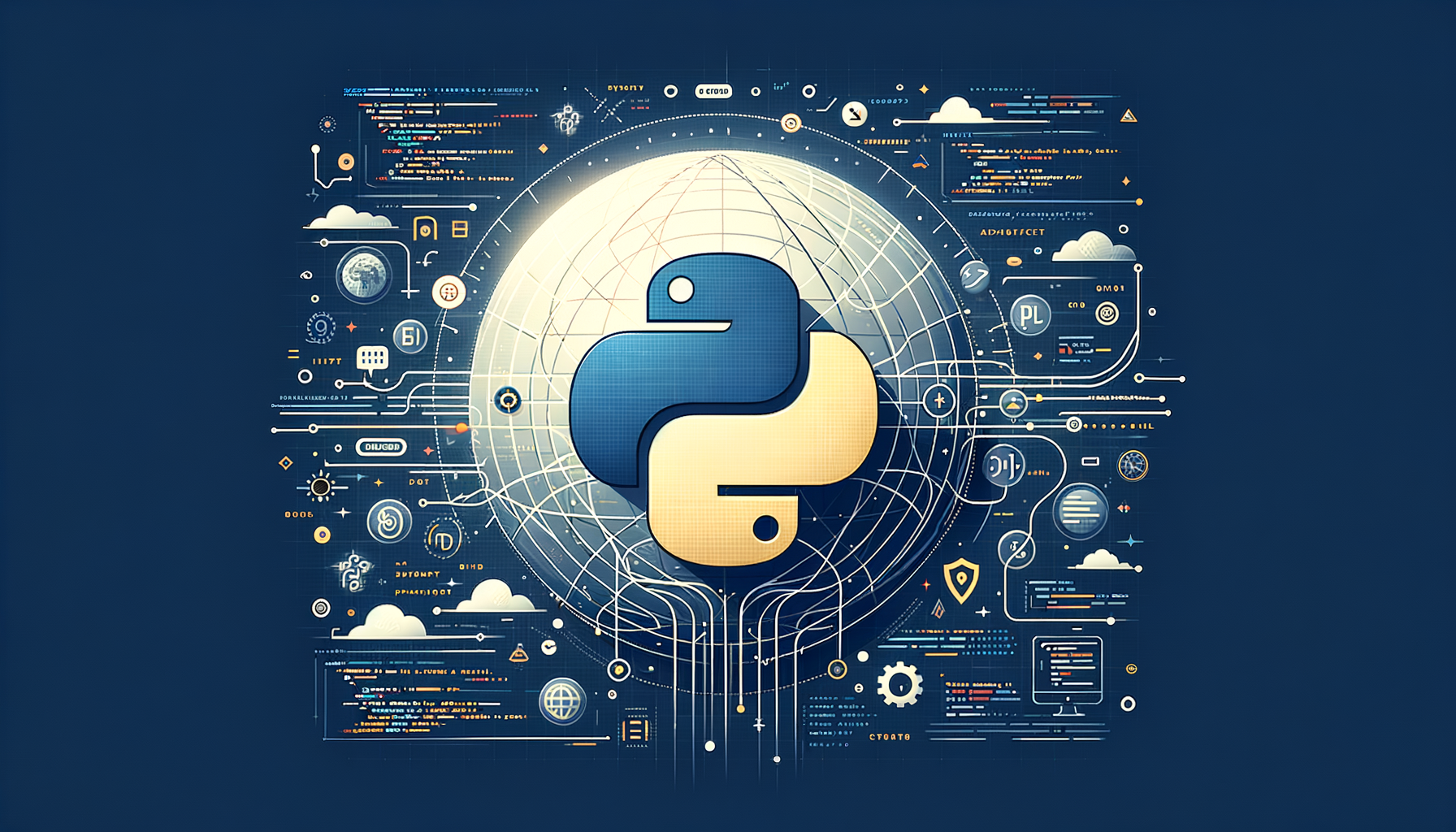
Discover how to harness Python's asyncio for efficient concurrency with practical, real-world examples. This post walks you from core concepts to production-ready patterns — including web scraping, robust error handling with custom exceptions, and a Singleton session manager — using clear explanations and ready-to-run code.

Discover how Python's context managers simplify safe, readable resource management from simple file handling to complex async workflows. This post breaks down core concepts, practical patterns (including generator-based context managers), type hints integration, CLI use cases, and advanced tools like ExitStack — with clear code examples and actionable best practices.